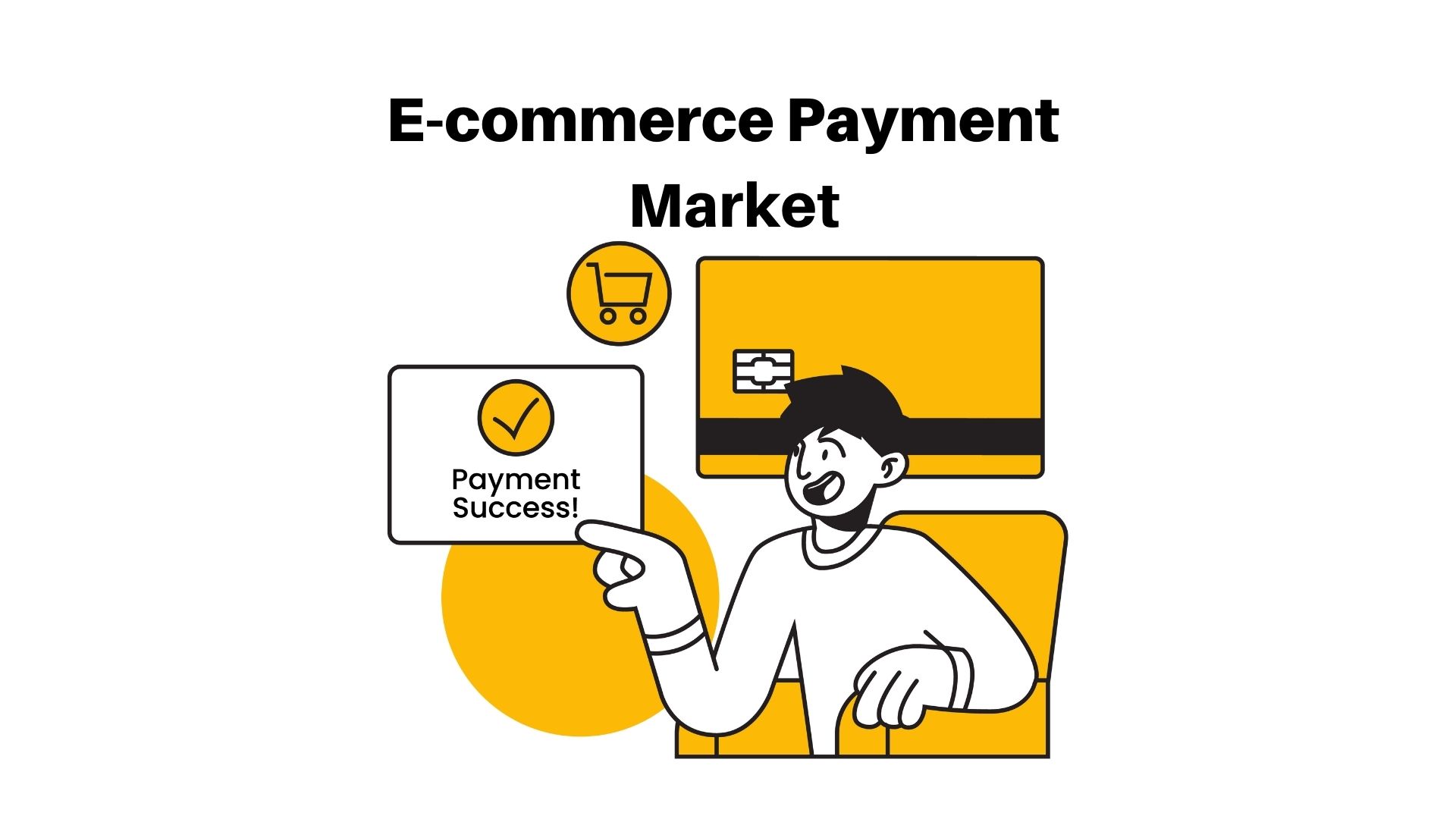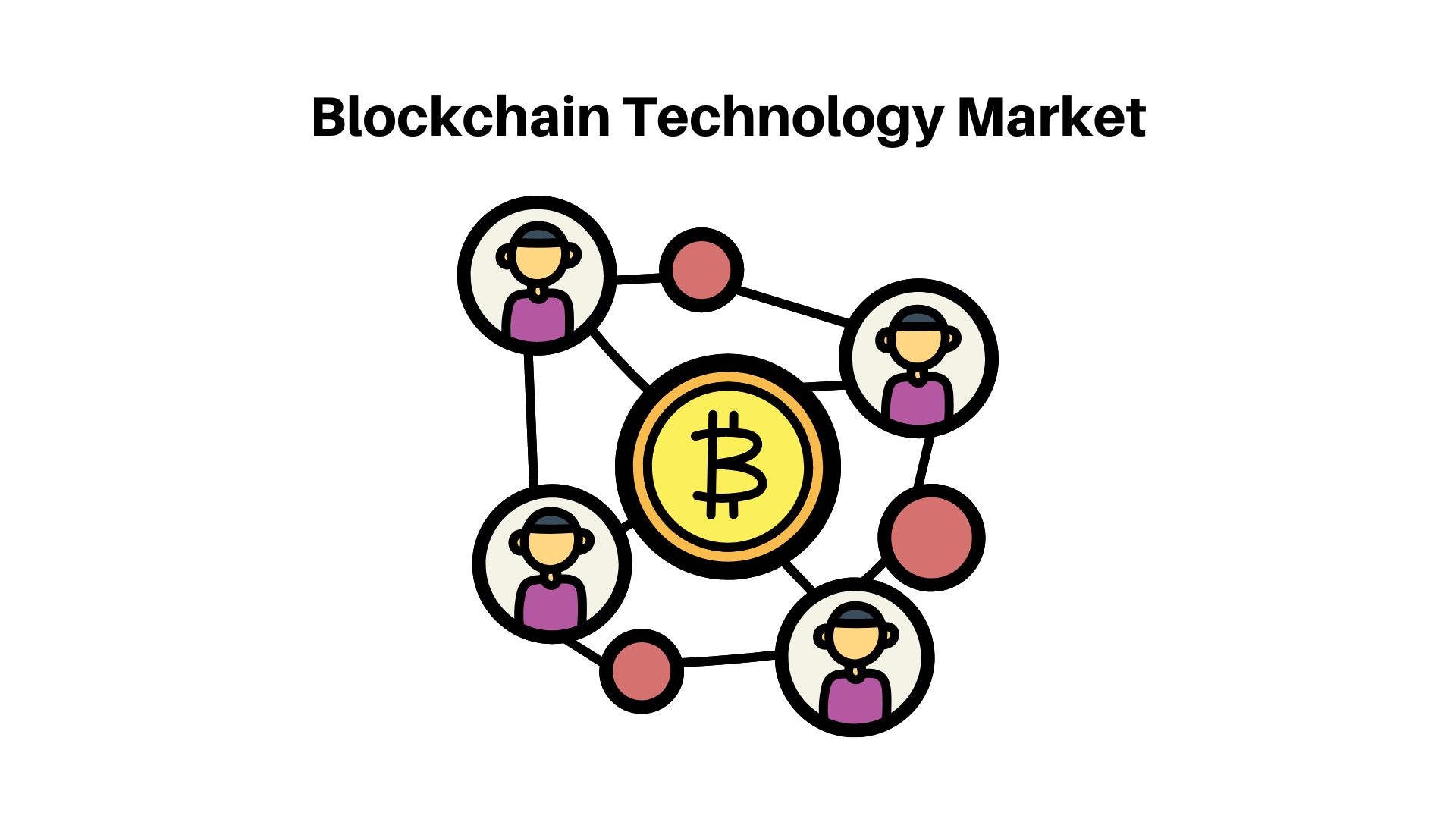E-commerce Payment Market Estimated value 267.37 bn | Manufacturer Sales Ranking Analysis 2032

Page Contents
Market Overview
Published Via 11Press: By 2022, the global E-commerce Payment market size was valued at USD 57.07 billion and projected to reach a value of USD 267.37 billion by 2032 – growing at an annual compound growth rate (CAGR) of 16.7% from 2022-2032.
This market's growth can be attributed to increasing mobile payments adoption, rising internet penetration rates, and expanding e-commerce sales globally.
The E-commerce Payment market is the segment of the payments industry that provides electronic payment solutions for online and mobile purchases in the e-commerce space.
E-commerce payments refer to electronic transfers between buyers and sellers that take place over the internet or mobile devices, enabling customers to purchase goods and services online using digital payment methods such as credit cards, debit cards, digital wallets, and net banking.
The E-commerce Payment market consists of players such as payment processors, gateways, and financial institutions that enable secure electronic payments for e-commerce purchases. The growth in this space is being spurred on by rising global e-commerce sales volumes, rising internet penetration levels, and an increasing preference for mobile payments.
Request For Sample Report Here: https://market.us/report/e-commerce-payment-market/request-sample

Regional Snapshot
- North America: The North American E-commerce Payment market is one of the largest and most established in the world. It's dominated by established players like PayPal, Visa, Mastercard, and American Express. Forecasts indicate steady growth for this sector due to the growing popularity of online shopping and the high adoption rate of digital payments within North America.
- Europe: The European E-commerce Payment market is well established, boasting high internet penetration and a substantial e-commerce consumer base. The region has strict data protection laws and payment regulations in place; digital wallets and mobile payments are becoming more popular due to their convenience and security benefits.
- Asia Pacific: The Asia Pacific E-commerce Payment market is one of the fastest-growing globally, due to rising internet penetration and expanding e-commerce industry in the region. China, India, and Southeast Asian countries are key growth drivers in this space. Digital wallets and mobile payments have become increasingly popular due to smartphone adoption rates in this region.
- Rest of the World: The Rest of the World's E-commerce Payment market includes regions such as Latin America, the Middle East, and Africa. This segment is highly fragmented with numerous local players competing against established global players. However, due to the increasing adoption of digital payments and an expanding e-commerce industry in these regions, growth is being experienced within this region.
Drivers
- E-commerce sales growing in popularity: With the rising popularity of online shopping, there is a greater demand for electronic payment options. This has driven the growth and development of the Ecommerce Payment Market. The ease of purchasing goods or services online is preferred by consumers, leading to an increase in e-commerce transactions around the world.
- Growing internet penetration: The increasing availability and affordability of the internet has led to widespread adoption and acceptance of e-commerce. The E-commerce Payment Market has seen a significant increase in its customer base due to the increasing number of internet users.
- Mobile payments are growing in acceptance: With the rising popularity of smartphones, and other mobile devices, the Ecommerce Payment market has grown. Mobile payments enable customers to conduct transactions quickly and securely, leading to the worldwide adoption of these mobile payments.
- Technological Advancements: The E-commerce Payment market is experiencing technological advancements such as biometric authentication, tokenization, and encryption which are increasing the security and reliability of digital payments. These developments are fuelling market growth by increasing consumer trust in electronic transactions.
- Regulatory Support: Governments around the world are encouraging growth in the E-commerce Payment market by enacting favorable policies and regulations that encourage digital payments. This encouragement has created an advantageous environment for digital payment providers and e-commerce merchants alike.
Restraints
- Security Concerns: Security is a top priority for both consumers and merchants when it comes to electronic payments. The risk of fraud or cyber-attacks can result in the loss of sensitive data and financial information, leading to decreased consumer trust in digital payments.
- Lack of Infrastructure: The E-commerce Payment market requires a reliable infrastructure to facilitate electronic transactions. Unfortunately, in many developing countries the absence of internet connectivity, digital payment systems, and financial services is an impediment to its expansion.
- Fragmented Market: The E-commerce Payment market is highly fragmented, with multiple local players competing against established global players. This fragmentation can cause inefficiencies, limited interoperability, and high transaction fees that impede growth within the sector.
- Payment Regulations: The E-commerce Payment market is highly regulated, with stringent payment regulations and data protection laws in many regions. Complying with these rules can prove challenging for payment providers and e-commerce merchants, leading to higher costs and delays during payment processing.
- Currency Exchange Rates: Currency exchange rate fluctuations in the E-commerce Payment industry can have a significant effect on profitability for merchants and payment providers alike. Higher transaction costs and lower revenue lead to slower market expansion.
Opportunities
- Growing Demand for Cross-Border Payments: The E-commerce Payment industry has the opportunity to meet the increasing demand for cross-border payments, as more consumers purchase goods and services from overseas e-commerce merchants. By leveraging technology, this market can offer efficient, secure, and cost-effective cross-border payment solutions.
- Integration with Emerging Technologies: The E-commerce Payment market can benefit from emerging technologies like blockchain, artificial intelligence (AI), and the Internet of Things (IoT) to enhance payment processing, increase security, and deliver superior customer experiences. These advancements allow the market to differentiate its offerings, boost efficiency, and cut costs.
- Expansion into New Markets: The E-commerce Payment industry can expand into new regions and countries, particularly those with high growth potential. By partnering with local payment providers and e-commerce merchants, the market can leverage local knowledge and infrastructure to offer tailored payment solutions tailored to local requirements.
- Increased Collaboration with Merchants: The E-commerce Payment market can collaborate more closely with e-commerce merchants to provide value-added services like loyalty programs, discounts, and promotions. By doing so, the market can differentiate itself from competitors and improve customer engagement and retention rates.
- Shift to Contactless Payments: The COVID-19 pandemic has hastened the transition towards contactless payments, offering the market an opportunity to expand beyond online purchases to include in-store purchases. By using contactless technologies such as NFC and QR codes, they can offer secure and convenient payment solutions for customers.
View Detailed TOC of the Report | https://market.us/report/e-commerce-payment-market/table-of-content/
Challenges
- Security Concerns: Security remains a major challenge for the E-commerce Payment industry, as cyber-attacks and frauds can result in the loss of sensitive data and financial information, decreasing consumer trust in digital payments. To combat these threats, markets need to invest heavily in robust security measures that prevent cyberattacks and safeguard consumers' personal financial details.
- Payment Fraud: Payment fraud is a significant issue facing the E-commerce Payment market, as fraudsters use stolen credit card information and other techniques to make unauthorized purchases. To combat this problem, markets need to invest in advanced fraud prevention measures like AI-based detection systems and real-time transaction monitoring software.
- Lack of Standardization: The E-commerce Payment market lacks standardization, with several payment methods and standards available on the market. This lack of uniformity can lead to inefficiencies, limited interoperability, and high transaction fees – all factors which restrict growth within this space.
- Regulatory Challenges: The E-commerce Payment market is highly regulated, with stringent payment regulations and data protection laws in many regions. Compliance with these regulations can prove challenging for payment providers and e-commerce merchants, leading to higher costs and delays during payment processing.
- Infrastructure Restrictions: To support electronic transactions in the E-commerce Payment market, adequate infrastructure is essential. Unfortunately, in many developing countries their lack of internet connectivity, digital payment systems, and financial services is a significant impediment to growth within this space.
Key Market Segments
Type
- Cash on delivery
- Direct debits
- E-invoices
- Digital wallets
- PostPay
- PrePay
- Pre-paid cards
- Debit cards
- Credit cards
- Charge cards
Application
- Application 1
- Application 2
Key Market Players
- Alipay
- Tenpay
- PayPal
- Visa
- MasterCard
- China UnionPay
- American Express
- JCB
- Discover
Report Scope
| Report Attribute | Details |
| The market size value in 2022 | USD 57.07 Bn |
| Revenue forecast by 2032 | USD 267.37 Bn |
| Growth Rate | CAGR Of 16.7% |
| Regions Covered | North America, Europe, Asia Pacific, Latin America, and Middle East & Africa, and Rest of the World |
| Historical Years | 2017-2022 |
| Base Year | 2022 |
| Estimated Year | 2023 |
| Short-Term Projection Year | 2028 |
| Long-Term Projected Year | 2032 |
Frequently Asked Question
Q: What is the current market size for the E-commerce Payment Market?
A: According to a report by Market.us, the E-commerce Payment Market was valued at USD 57.07 billion in 2022 and is expected to reach USD 267.37 billion by 2032, growing at a CAGR of 16.7% during the forecast period.
Q: What are the key segments of the E-commerce Payment Market?
A: The E-commerce Payment Market can be segmented based on Type (Cash on delivery, Direct debits, E-invoices, Digital wallets, PostPay, PrePay, Pre-paid cards, Debit cards, Credit cards, Charge cards), By Application (Application 1, Application 2)and geography (North America, Europe, Asia-Pacific, Latin America, and Middle East & Africa).
The team behind market.us, marketresearch.biz, market.biz and more. Our purpose is to keep our customers ahead of the game with regard to the markets. They may fluctuate up or down, but we will help you to stay ahead of the curve in these market fluctuations. Our consistent growth and ability to deliver in-depth analyses and market insight has engaged genuine market players. They have faith in us to offer the data and information they require to make balanced and decisive marketing decisions.



